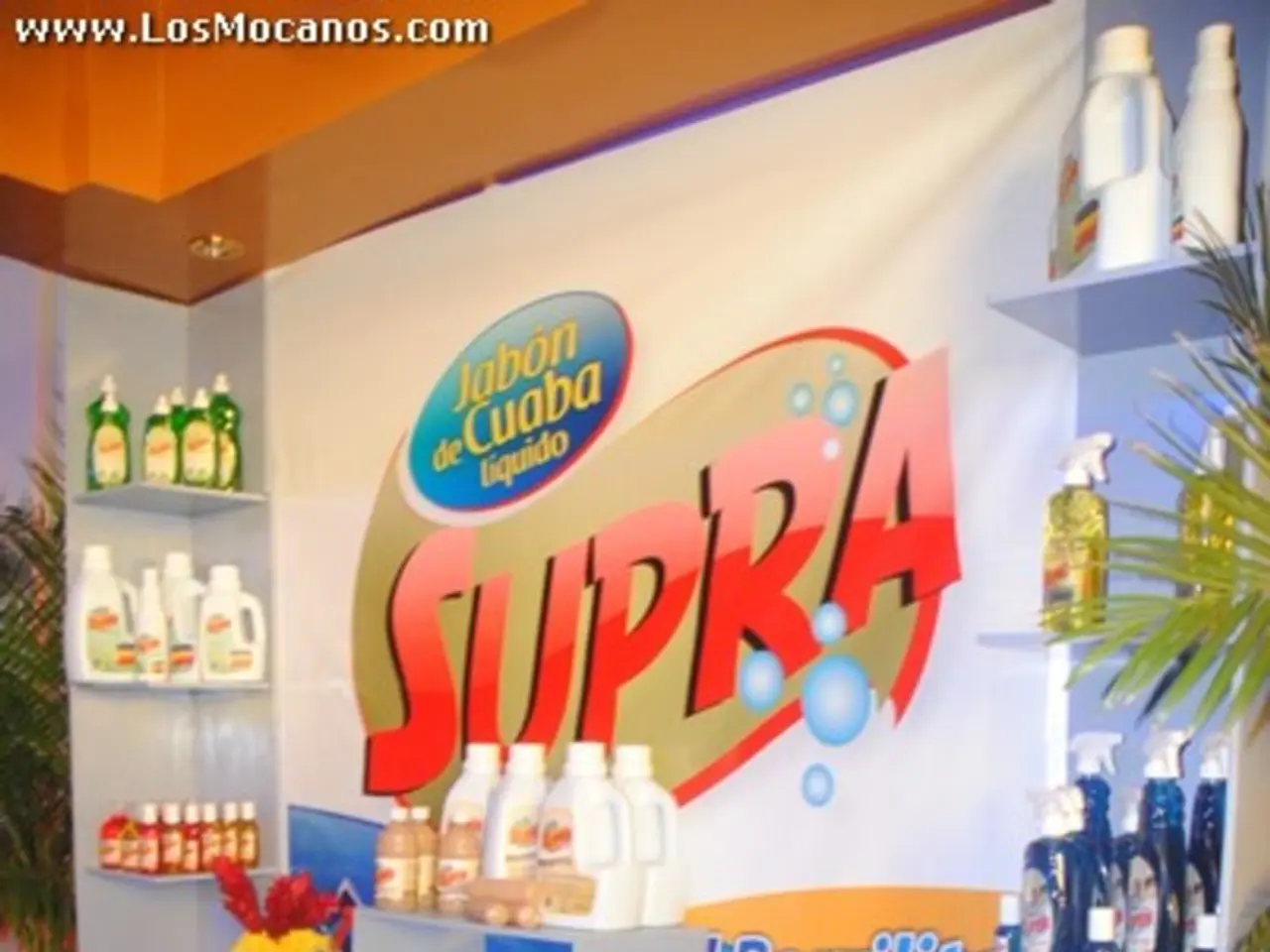Struggling green companies face expenses and consumer financial constraints
In the pursuit of a greener future, experts believe that technology innovation is the key to reducing the costs of green products. However, enterprises face a significant challenge in developing affordable technologies that suit their financial capabilities and scale.
One area of concern is the high consumption of plastic straws in Vietnam. With an estimated 5.3 billion plastic straws used annually, which is roughly 50 times the country's population, the environmental impact is substantial.
Nguyễn Bích Diền, the deputy general director of Faslink, a company based in HCM City, has highlighted a common consumer hesitance towards eco-friendly products due to their higher costs compared to conventional fabrics like polyester or cotton. This is a challenge that many green businesses face, as high production costs make it difficult for them to compete on price and scale up within the local market.
Despite these challenges, there are success stories. Faslink, for instance, has been committed to sustainable fashion for over 15 years. Recently, they introduced a new type of fabric made of pineapple leaf fibres. However, high research, development, and production costs make it difficult to offer more affordable prices.
Similarly, Fuwa Biotech, a company in Thanh Hóa Province, produces eco-friendly dishwashing liquid from biological enzymes derived from pineapple peels. Their product sells for around VNĐ335,000 (US$13), which is two to three times the price of conventional dishwashing liquids of the same volume. High prices are the biggest barrier to expanding Fuwa Biotech's consumer base.
Other green businesses, like Sông Hồng agricultural cooperative, produce environmentally friendly drinking straws made from vegetables. Consumer interest in eco-friendly products has risen due to increased environmental awareness.
However, the road to a greener economy is not without its obstacles. Recycled plastic, for instance, is approximately 20-30% more expensive than virgin plastic, primarily due to collection, processing expenses, and outdated technology. At Duy Tan Recycling, the cost of recycled plastic is about 30% higher than new plastic.
Strict environmental standards and the need for high-quality raw materials also contribute to the high costs of green manufacturing. Many promising ideas for recycled materials remain confined to laboratories or small-scale production due to a lack of suitable technology and collaboration within the green supply chain.
To address these challenges, small and medium-sized enterprises call for targeted policies, including financial incentives and public awareness campaigns, to assist them in transitioning to environmentally friendly production. Government and local policies also support startups by improving administrative processes, access to capital, and technology usage, fostering innovation and investment in green sectors.
For instance, Germany’s government invests around 50 billion euros annually in the green economy, with even higher private sector funding. Companies like Siemens Energy are engaged in clean technology production, such as turbines for renewable energy.
Raising consumer awareness about waste classification at the source could help lower costs by providing cleaner and more uniform raw materials. With increased consumer interest in green products and the right support, the future of the green economy in Vietnam looks promising.
Read also:
- Foot massages and their impact on diabetic nerve pain (neuropathy)
- Latest German News Highlights for Today
- Allergy sufferers should heed advice from the Warentest Foundation regarding the use of eye drops
- Public health advisory issued during congressional hearing as a former CDC official expresses concerns over potential adjustments to the routine child immunization plan.








